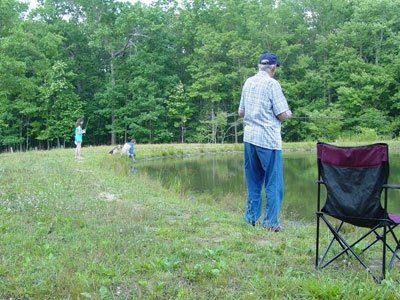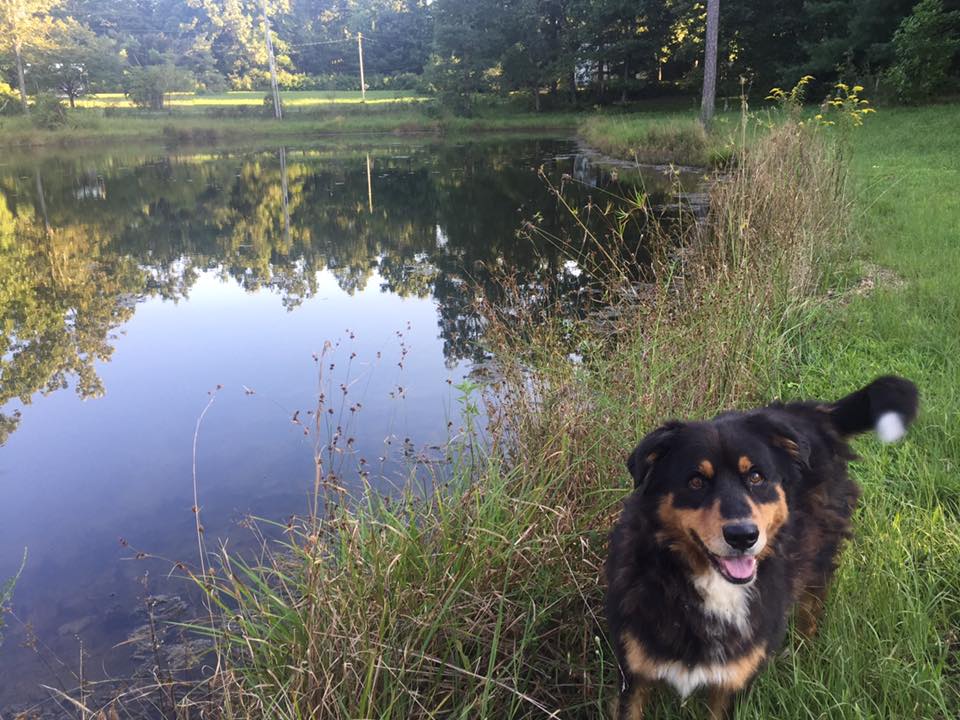
My dad was an avid fisherman, if it was in the water, it was fair game. At one time our family had several individual businesses, Cal’ Body Shop, Cal’s Wrecker Service, The Farm, and Sunrise Baits were the primary focus. The bait deal led to the need for a storefront, selling bait out of a wrecker just didn’t work. My dad bought a convenience store, the Baker General Store, Bass Pro vision on a $2 budget. Again, the ability to adapt our skills to the direction of a given business model proved to be another amazing learning experience. Dad’s vision of what he wanted in a General Store, “bait and tackle” pushed the business model. Coffee, biscuits, live critters that fish eat, rubber/wood things they might eat, all available @ 5am, and beer. After a short period of time certain things where obvious to my dad, as much as he had a vested interest in fishing, a great location, good service, strong product lines he couldn’t turn Baker County with a population of 10000 into prolific users of earthworms. One long day my dad came home after setting on a bench in front of Baker General, “everybody today wanted beer, nobody was interested in fishing or hunting, he wanted to be fishing but it is obvious the general public was not.” He went on to say I sold more beer to folks going to the races than anything else. I passed on my wisdom that I have seen 5000 people in the grandstands drinking beer but have never seen 5000 folks fishing at Ocean Pond. The business model switched quickly to sports-related products, within 6 months we were closing Cal’s Body Shop, the General Store was supposed to be our next funding source. Mom pushed to move the inventory and sales focus to clothing/ shoes, as the 1970’s closed out she opened the Athletic Alley complete with a new screen-printing shop.

Note: The Baker General Store convenience store experience taught us at best a new way to look at business, we had several friends that owned convenience stores and most had more than one store, I asked my dad one day “we are losing our ass with one why the hell would anybody want two?” Two things come to mind, Wally Ferry a business mentor used to tell me, “You got to buy it right to sell it right” and a statement of truth from another friend Neil Lee, “I never made a dollar till I owned two.” To set the tone for both tunes was our experience with Coke, buy 10 cases get 5 cases free of each coke product, couldn’t store or sell 5 cases of each product, so buying 10 didn’t make since, but if you had two stores, beer was the same. What if multiple owners leveraged their buying power. The one store model was handicapped from the start. Niche products sometimes carried the ball, animal feed, bait, prepared foods but easy to cut that pie. Example: If the market share for the area is 100 breakfast biscuits, the Blue store makes an investment to meet the demand, sells 100 breakfast biscuits a day @ $3, $300 income per day, $100 profit. Everything is profitable. If the Red store decides to sell biscuits, sells 50 biscuits per day they split the market share, 50 @ $3, $150 income per day, $50 profit. Profitability is challenged by income to offset cost the per unit price, if Green store sells the niche product all the stores lose the profitability of the product line, the question then becomes does the product become a cost of doing business as milk, bread and eggs, no profit but staples of the marketplace therefore market driven. Engineers look for algorithms, a set of rules to be followed and or used to establish boundaries or identify problems. My dad used baselines as boundaries in business just as in design. His first number was an audit of doing business per day, rent, lights, gas, employees, administrative, marketing, and after the convenience store fiasco, items that had to be absorbed as market driven cost. In 1979 it took $300 per day to just open the doors. Another number we chased was the total cost per minute of each employee, salary, bonuses, benefits, this allowed our team to analyze cost effectiveness. This direction was exercised over a disagreement involving cleaning $1 paint buckets, I was expending the buckets as a cost of painting cars, mom was chasing total costs, dad was quick to defend the expense as waste. By establishing a unit cost of time, and material to clean we realized that cleaning the bucket cost $7 per bucket. In 1978 my average employee income per minute was $.55. 15 minutes equaled $8.25. Using these algorithms we found the random profitability in the convenience store business model right down to the number of customers, and key time of the sales. This planning tool becomes more real with time, everyday paints the picture. Identifying issues allowed our team to transition our product line to profitable items moving from the convenience store model to the athletic store business model.

The business lesson learned was to identify the difference between a need and a want. The buying public buys needs first and use disposable income for wants. Wants without disposable income are ship sinking dependencies. Successful non staple businesses rely on a want strong enough to sustain growth in a business model. Folks need milk and bread but want beer. This was a defining moment for our family business plan. The body shop and wrecker were needed evils of life, restoring a vehicle, or building a performance vehicle in the same environment using disposable income was profit powered by the ultimate want to. Buying a $30 uniform to work in was a burden, buying a $30 Gators tee shirt to play in was a happy thing!
